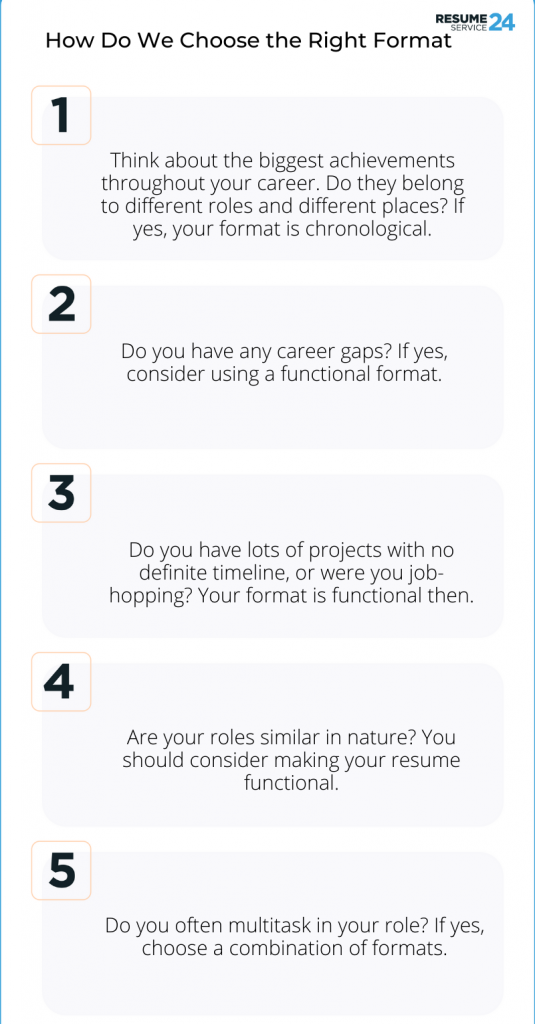All that many people know about resumes is that they help to get an interview. Some job seekers still have quite an outdated understanding of what resume writing is. However, technologies have brought lots of novelty into the way a resume should read and look like.
In fact, the biggest change that reshaped the resume writing process was the emergence of resume-scanning software. The ATS system filters successful candidates based on in-built keyword-reading algorithms. One has to hit all the points to get more interviews.
Since this process has become a bit complicated, many companies have started offering resume writing services. This business has become especially lucrative for those firms that managed to help customers land a job.
Even though some people still do not understand why they have to pay for such a simple thing as a resume, others gladly get professional help with their applications. That said, CV writing service professionals are pretty much loaded with work. The orders mostly come from people whose older resumes aren’t getting any feedback.
Whatever option you choose, knowing what resume format fits you best is a must. In this article, we are going to discuss these types to help you select the perfect one.
Table of Contents
Reverse-Chronological Format
This type is the most common and frequently used resume format of all. If you have never crafted a resume before, the ones you saw are likely to be chronological.
The name speaks for itself: this resume format lists all experiences in a reverse chronological manner, starting from the most recent ones. Education and certifications are also listed in the same way.
This format is the most ATS-friendly of all. Bots are trained to scan files with the sections common for the reverse-chronological type. They also are treated as the industry’s golden standard.
However, despite that this type is the most common, it does not mean that it fits everybody. Every career is unique, so it might need a unique approach as well.
The chronological format is great for professionals with a continuous career with no gaps. Also, they fit people whose duties and competencies were different from one position to another. Otherwise, one risks getting a resume full of repetitions.
This resume format does not fit freelancers and contract workers. It may look like they are job-hopping, which is not welcomed by recruiters. Also, a quick and frequent change of workplace can turn a once bot-beating resume into a mess.
Thus, we strongly encourage you to get to know the other options before you choose the most common one. After all, you know your industry better, so you know what employers expect to see in your resume.
Functional Format
The functional resume format is great for people whose work experience cannot be properly expressed throughout a timeline. For example, if one is an actor or an interior designer who is looking for a new project, listing all their previous projects and repeating the same things over and over won’t do any good.
Instead, one can focus on their key skills and explain their accomplishments based on their aptitude. That would read more appealing to recruiters working in creative industries, for example.
One of the greatest advantages of the functional format is that you can hide your career gaps. Even though you still list your employment history in order, the functional resume is designed to make recruiters and hiring managers pay more attention to your skills first. Gaps in dates are not that manifesting.
Combination Format
Obviously, if two of these formats exist, there must be one that combines them all together. A combination type, also known as a hybrid, is quickly gaining popularity. It combines chronological format with its precise employment timeline and key skills defined and highlighted for every position.
Such a format is great for BI, IT, and data analysis specialists who are busy with different projects while technically serving in one position. That means they can specify their contribution for every milestone, highlighting the skills utilized for it.
This format includes the best features from reverse-chronological and functional types. It is completely ATS-friendly, and it keeps the recruiter’s attention focused on things that you find important. By the way, the best way is to use a resume writing service to land your dream job.
So, How Do We Choose the Right Format?
We have already mentioned a few tips that should guide you in choosing the right format. However, the main rules are the following.
1. Think about the biggest achievements throughout your career. Do they belong to different roles and different places? If yes, your format is chronological.
2. Do you have any career gaps? If yes, consider using a functional format.
3. Do you have lots of projects with no definite timeline, or were you job-hopping? Your format is functional then.
4. Are your roles similar in nature? You should consider making your resume functional.
5. Do you often multitask in your role? If yes, choose a combination of formats.
Takeaway
Resume writing has turned into art with its own rules and requirements. It is no longer a creative process. However, resumes still are evaluated based on their clarity and content.
If you want to get an interview and land a dream job, you should start by choosing the right format and template. No one in writing business knows your industry and the specifics of your career well enough to impact that choice.
Once this part is done, focus on making your resume sound as achievement-based as possible. You need to stand out to get through the ATS while wowing your hiring manager and tempting them to schedule an interview.



